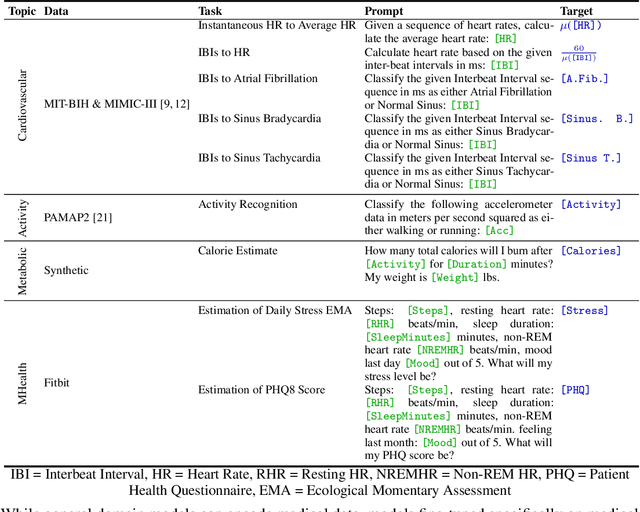Jacob Sunshine
What Are the Odds? Language Models Are Capable of Probabilistic Reasoning
Jun 18, 2024



Abstract:Language models (LM) are capable of remarkably complex linguistic tasks; however, numerical reasoning is an area in which they frequently struggle. An important but rarely evaluated form of reasoning is understanding probability distributions. In this paper, we focus on evaluating the probabilistic reasoning capabilities of LMs using idealized and real-world statistical distributions. We perform a systematic evaluation of state-of-the-art LMs on three tasks: estimating percentiles, drawing samples, and calculating probabilities. We evaluate three ways to provide context to LMs 1) anchoring examples from within a distribution or family of distributions, 2) real-world context, 3) summary statistics on which to base a Normal approximation. Models can make inferences about distributions, and can be further aided by the incorporation of real-world context, example shots and simplified assumptions, even if these assumptions are incorrect or misspecified. To conduct this work, we developed a comprehensive benchmark distribution dataset with associated question-answer pairs that we will release publicly.
Large Language Models are Few-Shot Health Learners
May 24, 2023



Abstract:Large language models (LLMs) can capture rich representations of concepts that are useful for real-world tasks. However, language alone is limited. While existing LLMs excel at text-based inferences, health applications require that models be grounded in numerical data (e.g., vital signs, laboratory values in clinical domains; steps, movement in the wellness domain) that is not easily or readily expressed as text in existing training corpus. We demonstrate that with only few-shot tuning, a large language model is capable of grounding various physiological and behavioral time-series data and making meaningful inferences on numerous health tasks for both clinical and wellness contexts. Using data from wearable and medical sensor recordings, we evaluate these capabilities on the tasks of cardiac signal analysis, physical activity recognition, metabolic calculation (e.g., calories burned), and estimation of stress reports and mental health screeners.
 Add to Chrome
Add to Chrome Add to Firefox
Add to Firefox Add to Edge
Add to Edge